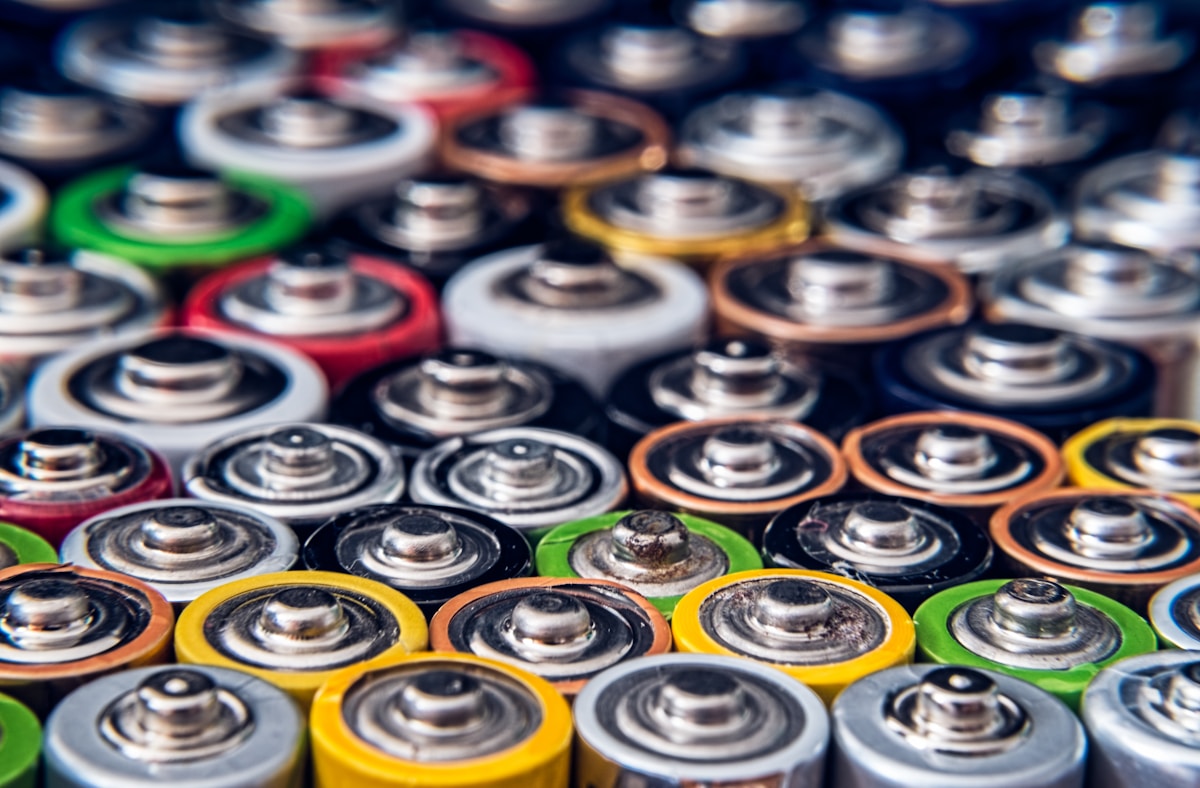What is the difference between endothermic and exothermic?

- Exothermic products have a lower energy content than endothermic products, which have a higher energy content.
- Endothermic reactions transfer energy from the environment and reduce the temperature; exothermic reactions transfer energy to the environment and increase the temperature.
Name an endothermic reaction.
- Thermal decomposition
Name two exothermic reactions.
- Neutralisation
- Combustion
Required practical: finding out if a reaction is endothermic or exothermic
In the content of I/GCSE Chemistry,
- Mix different combinations stir every 30 seconds for 5 minutes.
- Record the initial and final temperature.
- Find out if the temperature decreased (endothermic) or increased (exothermic).
Types of handwarmers
- Handwarmers only used once are based on the energy transferred during the oxidation of iron.
- Sodium chloride handwarmers are disposable, used once, but last hours.
- Handwarmers lasting many hours are based on the formation of crystals in a solution; to reuse it, put it in boiling water to redissolve the crystals.

What else are exothermic reactions used for?
They are also used in self-heating cans in I/GCSE Chemistry.
The reaction for this is:
calcium oxide + water = calcium hydroxide
The uses of endothermic reactions
- Endothermic reactions are used in ice/cold packs which reduce pain.
- The water and ammonium nitrate are kept separate; when the water inside the bag breaks the ammonium nitrate is released.
- Instant cold packs are used once.
- Also, endothermic reactions are used to chill drinks.

What do reaction profiles show you?
In the content of I/GCSE Chemistry, it shows you the relative amounts of energy contained in the reactants and products.
What is activation energy?

- Activation energy is the minimum amount of energy particles need before colliding particles have enough energy to start a reaction.
- Particles bounce off each other if the collision is less than the activation energy.
Is a reaction both endothermic and exothermic?
- Energy is supplied to break bonds (endothermic).
- Forming bonds is exothermic.
Endothermic or exothermic
- If a reaction is exothermic, more energy is released when bonds form than break
- if a reaction is endothermic, more energy is released when bonds break than form.
What is bond energy?
It is the energy needed to break the bond between two atoms.
How do you make cells and batteries?
In the content of I/GCSE Chemistry, they join the metals together and dip in the electrolyte.

What determines a metal's reactivity?
Their tendency to form positive ions.
What affects the voltage?
The difference in reactivity: the greater the difference in reactivity, the greater the voltage.
Primary cells and rechargeable cells
- Primary cells don't work when reactants have been used up.
- Rechargeable cells are rechargeable and reusable since it is connected to a power supply reversing reactions at the electrodes, regenerating the reactants.
Advantages and disadvantages of hydrogen as fuel
Hydrogen burns well and makes no pollutants but it has safety issues and comes from non-renewable sources.
How fuel cells work
2H2 + 4OH = 4H2O + 4e-
O2 + 2H2O + 4e- = 4H2O-
O2 + 2H2 = 2H2O
Hydrogen is supplied as a gas to the cathode reacting with hydroxide ions to form water providing a source of electrons to an external circuit which are accepted by hydroxide ions formed by reacting with oxygen at the anode.
Energy produced is transferred as electrical energy to run the vehicle.

Benefits and of fuel cells
Issues
- hydrogen being highly flammable
- comes from a non-renewable source
- difficult to store
- available in different sizes and uses
- makes no pollutants
- needs no electrical recharge
Written by Bryant Wong (Chemistry)
Photo reference

